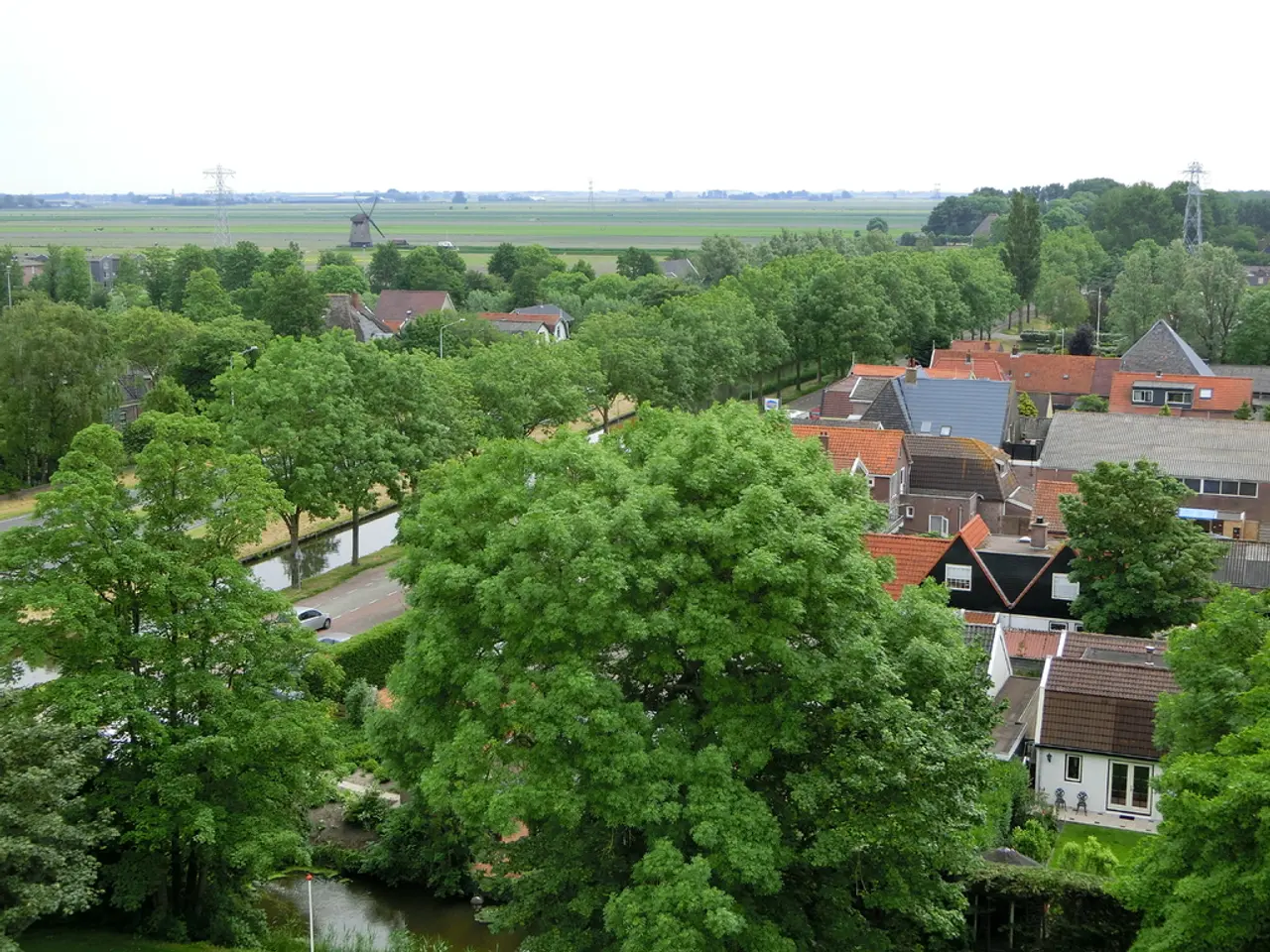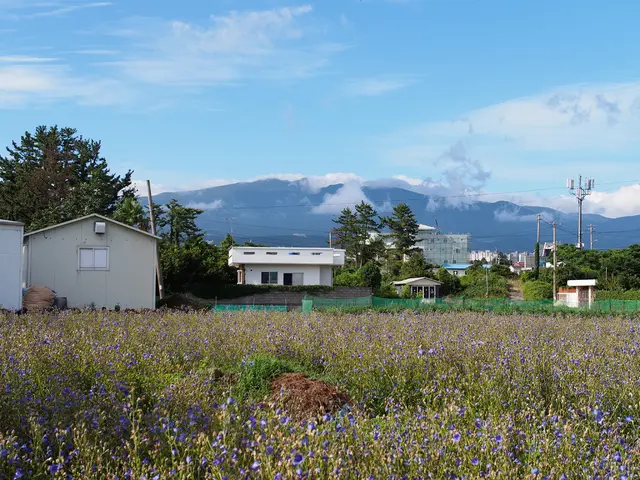German Towns Lead Renewable Energy Transition, With Some Already at 100%
Rhineland-Palatinate, a German state, is pushing for 100% renewable electricity by 2030, exploring solutions like power-to-gas and offshore wind parks. Meanwhile, towns like Wolfhagen in Hesse have already achieved this feat, exporting excess energy annually.
Wolfhagen, since 2014, has been fully powered by renewables, with its municipal utility co-owned by the town and a local cooperative. Neuerkirch and KüLz, in Western Germany, use biomass and solar thermal plants for their energy needs. The region is known for its wind farms, with local communities benefiting from substantial land lease payments. Mastershausen, a town in Rhineland-Palatinate, invested €64 million in renewable power, earning at least €260,000 per year from land leases. These funds support local projects like fast internet, roads, and community facilities. Despite producing 47% of its electricity from renewables, Rhineland-Palatinate still imports 30% of its consumption.
Germany's towns and regions are leading the clean energy transition. While some have already achieved 100% renewable energy, others like Rhineland-Palatinate are working towards this goal. The state continues to depend on imports, highlighting the need for further investment and innovation in renewable energy infrastructure.








